An extremely conspicuous lacuna of the historiography of the Vakatakas has been an almost complete absence of any discussion on their economy. The present work makes an attempt to fill this gap. The work takes an overview of economy of the Vakatakas during c. A.D. 300-500 and focuses on its agrarian structure on the basis of epigraphic evidences. An interesting pattern of settlements pointing towards the burgeoning rural settlements and contraction of urbanism has been delineated in the larger perspective of environmental setting. An attempt has also been made to identify the agents of this new socio-economic transformation and the work concludes by highlighting that the Vakataka territory was the matrix of the earliest articulated tendencies of feudal beginnings. Apart from being the first survey of the economy of the Vakatakas, the cartographic delineation of various aspects of their inscriptions is yet another distinguishing feature of the work. Five maps included here show the chronological and geographical distribution of all Vakataka inscriptions and villages donated by the Vakatakas; settlements other than donated villages as well as the geographical configuration of administrative divisions. The texts of some newly discovered inscriptions have also been included.
Agrarian Structure in Central India and the Northern Deccan (C. AD 300-500): A Study of Vakataka Inscriptions
In stock
Free & Quick Delivery Worldwide
reviews
Bibliographic information
Title
Agrarian Structure in Central India and the Northern Deccan (C. AD 300-500): A Study of Vakataka Inscriptions
Author
Edition
1st ed.
Publisher
ISBN
8121500508
Length
xii+135p.
Subjects

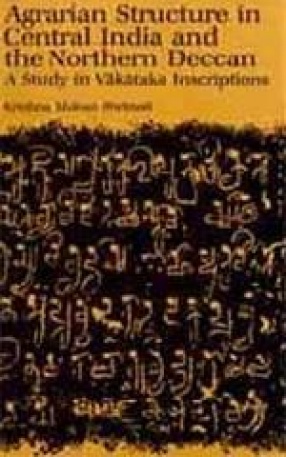
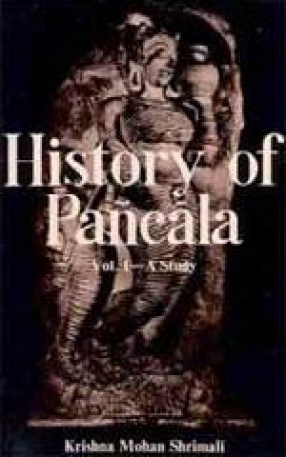
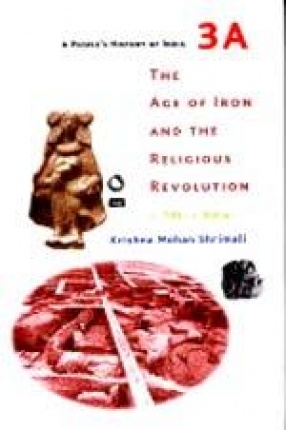
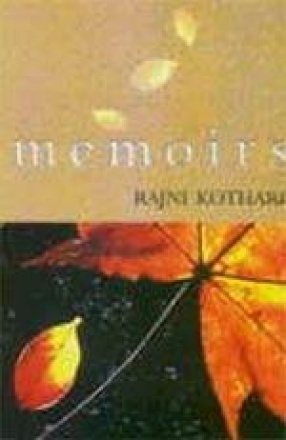

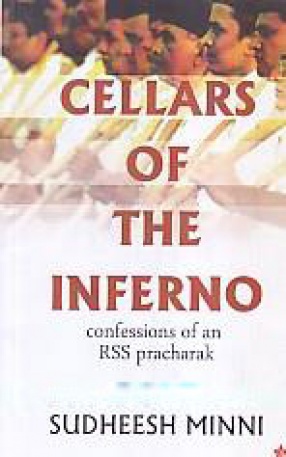
There are no reviews yet.